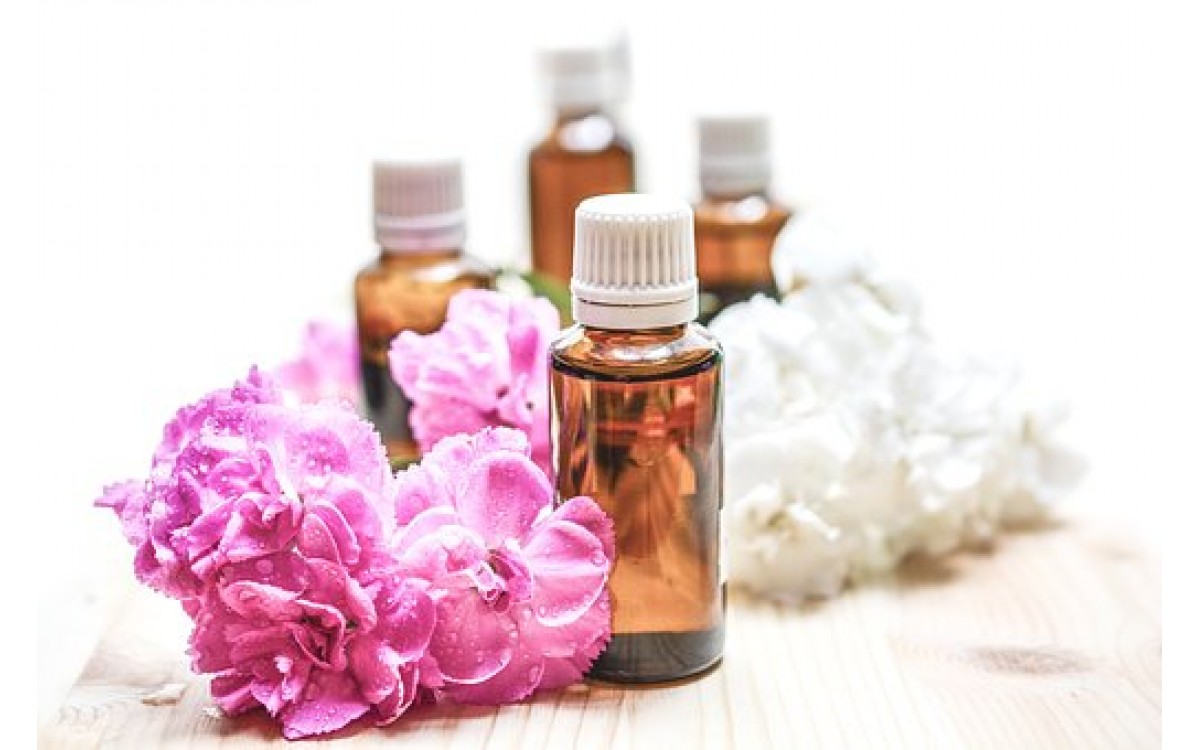
Essential oils are extracted through distillation, it’s a practice we’ve been doing for over a thousand years. Distillation creates a truly intense concentration of plant power to be used with care.
Often they are included in skincare recipes for therapeutic benefits, but they may simply be added for their wonderful, natural scent and the character this imparts on the product.
Don’t forget though, that scent itself has a therapeutic effect. There’s more on that here.
When using essential oils for scent, be sure to follow the tried-and-tested principles of perfume creation.
Good perfumes are never comprised of just one scent – there are top, middle and base notes.
- The top note is fresh and light, it will be bright in the beginning but is the fastest note to fade.
- The middle note is the heart of the perfume, holding the top and bottom note together; can take up to two hours for the middle note to make its appearance.
- The base note is strong, be careful to blend this in the right proportions to make it evident but not overwhelming, it will linger the longest.
The table below gives you an indication of which essential oils work in a top, middle or base role.
| Top | Middle | Base |
| Bergamot (top to middle)
Clary sage (top to middle) Eucalyptus Grapefruit Lemon Lemongrass (top to middle) Lime Neroli (top to middle) Orange Peppermint Sage Tangerine Tea Tree |
Cardamom
Chamomile Cypress Cedar wood Fennel Geranium Juniper Lavender (middle to top) Melissa (middle to top) Palma Rosa Pine Rosemary |
Benzoin
Cedar wood Cinnamon (base to middle) Frankincense Ginger (base to middle) Patchouli Rose Rosewood (base to middle) Sandalwood Valerian Vanilla Vetiver Ylang Ylang (base to middle) |
The amount of essential oil you use will vary depending on the product you are making and the contribution you want the scent to make.
- In a perfume, a product created purely for its scenting purpose, include 10 drops of essential oil to each teaspoon (5ml) of product, or a little more for stronger scent.
- In a cream, lotion or hair product a good rule of thumb is to include 2 drops of essential oil to each teaspoon (5ml) of product. You can include more for a stronger scent but be especially careful in leave-on products not to over scent.

